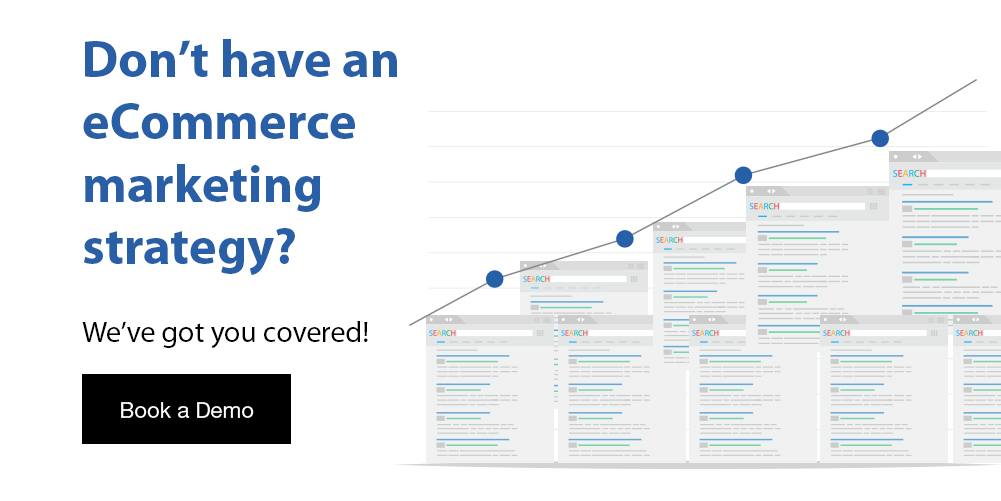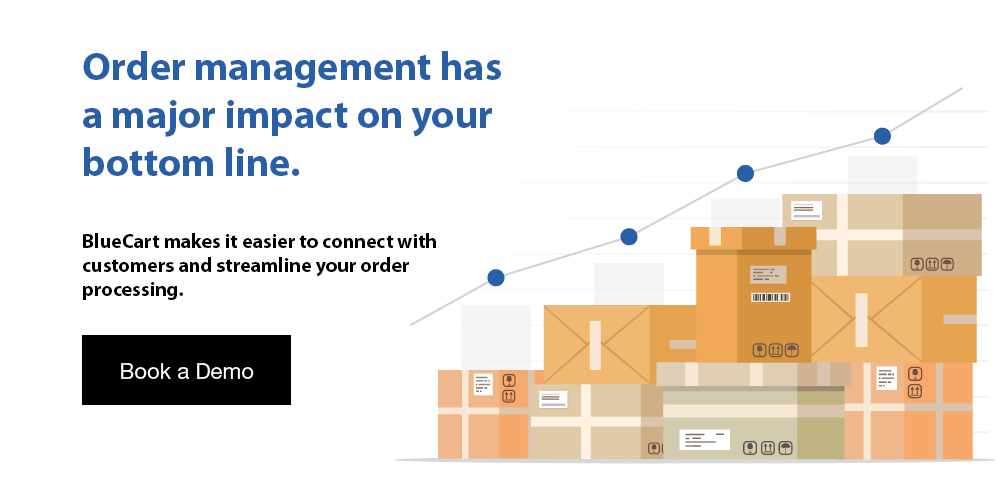Businesses in any industry benefit from smart procurement management techniques. They’re essential for efficient operations, such as restaurant operations if you’re in the restaurant industry.
Procurement management helps with acquiring necessary goods and services from vendors. To do so, you first have to understand how to find vendors. Such goods and services include heavy equipment, furniture, office supplies, and food products.
When a business manages procurement activities, it keeps operations running smoothly while also saving time and money. For this to be possible, you need a procurement management plan. It’s also essential to understand, “What is procurement management?”

Procurement Management and What Is Procurement Management?
Procurement management is the process of managing procedures that companies follow to acquire goods and services. These goods and services include wholesale products such as meat products, dairy, dairy eggs, fresh produce, raw materials inventory, and finished goods.
The procedures that businesses follow during the procurement process include evaluating wholesalers, creating purchase orders, and approving invoices. When creating purchase orders, businesses tend to use a PO number and purchase order template.
Be sure to understand the difference between purchase order vs invoice and procurement vs purchasing. It will also be helpful to understand, “What is an invoice?” and popular invoice management solutions.
Small businesses will often have a single person handle the procurement process. Larger businesses, on the other hand, may have an entire procurement department that handles purchasing, procurement, and purchase order tracking.
When it comes to the procurement management process, there are three P’s to keep in mind.
The three P’s of procurement management include:
- People. These are the individuals that are responsible for each stage of the procurement process. They have tasks that include creating purchase order contracts, invoice management, and invoice approval.
- Process. A company’s business process includes steps that employees perform to complete tasks. With detailed processes, businesses can ensure that employees are following the same steps and delivering consistent results.
- Paperwork. Procurement requires documentation and paperwork for each stage of the process. For example, creating and approving purchase orders.
With proper procurement management, your business can control spending habits and improve operational efficiency.
Key Takeaway: Managing each procurement process isn’t always a piece of cake. However, with a solid procurement management plan in place, you can help your business improve overall efficiency and control spending.
Why is Procurement Management Important?
Procurement management is important because it helps ensure that business operations are running smoothly. A procurement management plan will allow businesses to make sure that all goods and services are acquired so that all projects and processes can be completed successfully.
It’s possible for a business to use procurement as a competitive advantage. This is possible when they optimize procurement processes to save resources, time, and money. As a result, this will maximize resources while avoiding errors and delays.
Proper procurement management is also essential for negotiating supplier contracts, and production contracts, developing innovative processes, and growing businesses. This way, you can ensure that you’re doing business with the ideal suppliers.

What Is the Procurement Management Process?
Each company will have its own procurement management process. For example, a fine dining restaurant will likely have a different procurement process than a coffee shop business that specializes in selling wholesale coffee beans.
However, there is a specific process that most companies follow when it comes to procuring goods and services they need to operate their business.
A standard procurement process involves the following steps:
Step 1: Identifying and Planning
The first step of the procurement process is to identify the product or service you need. It’s important also to identify all specifications for the product and use demand planning or inventory forecasting techniques. This will allow you to ensure that you’re ordering the right products based on what you need.
Step 2: Identify and Select Vendors
Each business will have to choose a wholesale vendor to supply its products. This vendor can be from an existing supplier relationship or a new one.
If you’re in the food industry, you will have to find wholesale food distributors that work for your needs. Be sure to understand the wholesale distribution process.
Step 3: Negotiating and Creating Contracts
Negotiation is a huge part of purchasing goods and services, especially when buying in bulk. The process allows you to get the best price and terms for each product and service by competitively bidding from different suppliers.
Most suppliers will offer buyers quotes based on their set MOQ and EOQ levels. Both parties should offer clear communications and expectations. Once all prices and terms are agreed upon, both parties should finalize and sign the wholesale purchase agreement.
Step 4: Creating the Purchase Order
A purchase order (PO) defines the details of each order. This includes the price, product specifications, as well as all terms and conditions regarding the order. Once the purchase order is signed by both the buyer and seller, it acts as a legally binding contract.
Step 5: Expediting the Order
In some cases, it will be necessary to expedite the order or make some kind of schedule change. During this step of the procurement management process, it’s essential to evaluate the timeliness of deliveries. This will address any issues including a lack of clarity regarding payment dates and delivery times.
Step 6: Order Receipt and Inspection
Once the buyer receives the order, it’s necessary to review and inspect it. This will ensure that all items from the order are received according to the purchase order.
To properly perform an inspection of the order, you will need the purchase order, PO number, invoice, and packing slip. Cross-reference these documents with what is in the order to ensure that all standards are met.
Step 7: Approving Invoices and Payment
Once you have thoroughly inspected the order and made sure that all aspects of the order check out, it’s time to approve the invoice. When you approve the invoice, you can also release the funds and make the payment.
Step 8: Keep Records and Maintain Relationships
Holding onto purchase orders and invoices is necessary for auditing purchases and tax information. It can also be helpful when it comes time to reorder.
If you’re pleased with the supplier you worked with, you should also be sure that you maintain the relationship for future orders. This is possible by providing data and feedback based on the order and your experience working with them.
Optimizing the Procurement Process
In order to have a solid procurement management plan in place, you need to know how to optimize the process. This allows businesses to have better control over each step of the procurement process.
Six steps to optimize the procurement process include:
- Investment in the necessary procurement software
- Train employees on the procurement process
- Create a solid procurement management plan and strategy
- Identify the costs associated with procurement and plan them according to your budget
- Establish open communication channels with vendors and wholesalers
- Ensure that all parties follow procurement policies and processes
Technology is continuously advancing, especially when it comes to restaurant technology and restaurant technology trends. Digital procurement management practices are also gaining popularity as they aim to cut down on errors and delays while increasing operational efficiency.
Investing in low-cost data storage and computing systems will reshape the procurement process as a whole for businesses. It will allow for advanced capabilities including cloud and mobile options.

Frequently Asked Questions About What Is Procurement Management
As a business owner, it’s essential to maintain good relationships with your wholesale suppliers and organize your procurement process. This will improve the success of your business and all operations. As a result, you can meet specific goals and work towards growing your business.
This is possible by establishing a solid procurement management plan is necessary. To better understand what is procurement management and how it can help your business, read the following commonly asked questions.
What Is the Main Purpose of Procurement Management?
The purpose of procurement management is to ensure that all goods and services are properly acquired so that business processes can proceed smoothly and successfully. Businesses can use the procurement process as a competitive advantage if they optimize it properly so that it saves them time, money, and resources.
What Are 6 Critical Functions of Procurement?
The six critical functions of procurement include:
- Sourcing
- Negotiation
- Contracting
- Monitoring supplier performance
- Complying with business protocols
- Leveraging technology that helps the procurement process
What Are the Main Challenges in Procurement?
The main challenges businesses face during the procurement process include:
- Procurement bypass
- Lack of technology
- Lack of internal communication
- Trouble tracking order contracts
- Poor supplier relationships